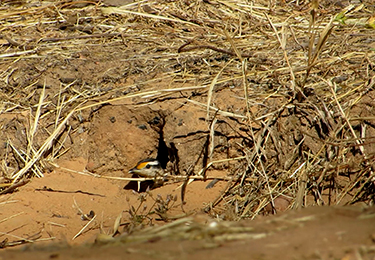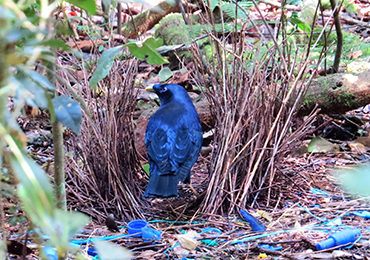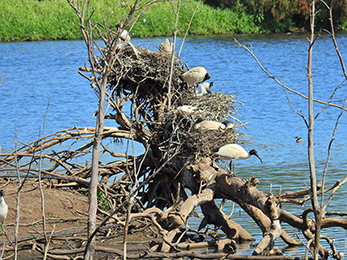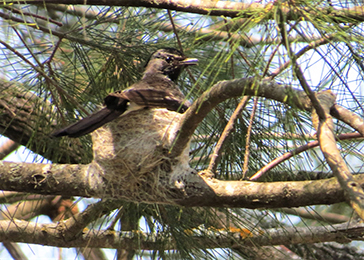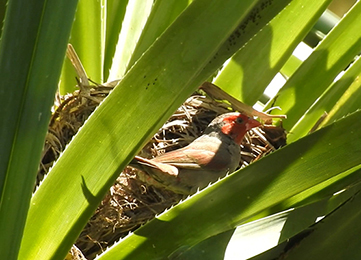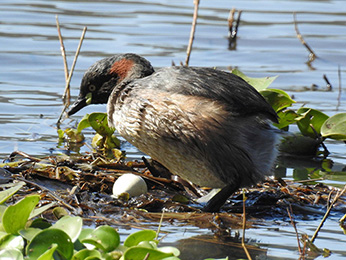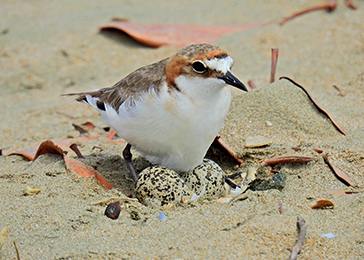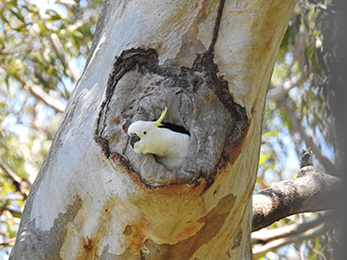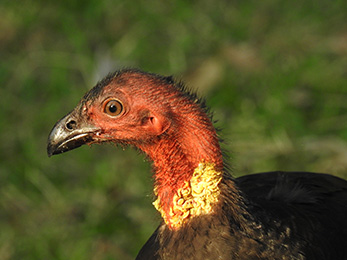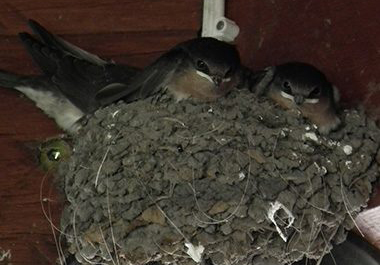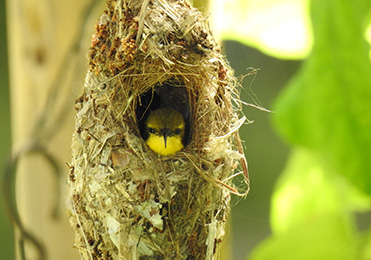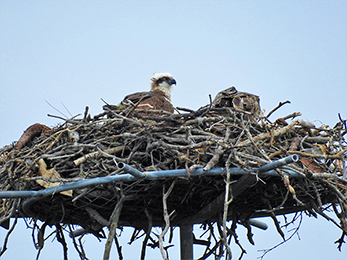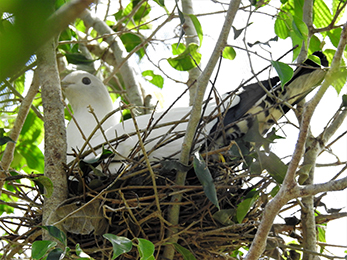AUSTRALIAN BIRD'S NESTS
The Ingenious Nests of Australian Birds
Australian birds demonstrate an extraordinary variety of nest designs, each reflecting their unique lifestyles and the environments in which they live. Understanding these nesting strategies provides a window into the ingenuity and adaptability of Australia’s avifauna.
Diversity of Nest Designs
From untidy stick platforms to elaborate suspended pouches, Australian birds exhibit an astounding range of nesting architecture. Some species, like the White-winged Chough, opt for large, seemingly disordered stick nests, while others, such as the Willie Wagtail, weave delicate cups from fine grass and spider silk, artfully suspended among tree branches. These structures, whether simple or ornate, are crafted with remarkable skill and serve as safe havens for their precious occupants.
Choice of Nest Locations
The location of a nest is never left to chance. Birds make careful decisions to ensure both safety and comfort for their eggs and chicks. Some birds, like the Fairy-wren, hide their nests deep within thickets, enveloped by leaves for concealment. Others, such as the Rainbow Bee-eater, burrow into sandy riverbanks, using the earth itself as protection against predators and harsh weather. Ground-nesting species, like the Masked Lapwing, bravely build their nests directly on flat, open ground, relying on excellent camouflage and vigilant watchfulness.
Creative Use of Building Materials
Observing Australian birds as they gather materials is a lesson in resourcefulness. These avian architects gather twigs, leaves, mud, and feathers, often supplementing with unusual items such as moss, fur, and even plastic scraps or bits of string scavenged from human activity. The Satin Bowerbird, for example, famously adorns its bower—a structure built for courtship—with blue trinkets, each carefully selected for both function and aesthetic appeal.
The Purpose Behind Construction
Every nest tells a story. The shape, size, and construction method of each nest are finely tuned to the bird’s lifestyle and its surrounding habitat. Suspended pouches, for instance, sway gently in the breeze, keeping eggs safe from ground predators, while mud nests cling firmly to vertical surfaces, protected from the elements. Each architectural choice is an adaptation, shaped by generations of trial and error, to maximise the likelihood of survival for the next generation.
Through remarkable diversity in nest design, a meticulous approach to site selection, and inventive use of materials, Australian birds reveal their mastery as builders. By understanding and appreciating these strategies, we deepen our connection to the natural world and find inspiration to conserve these ingenious species and the habitats they call home.

